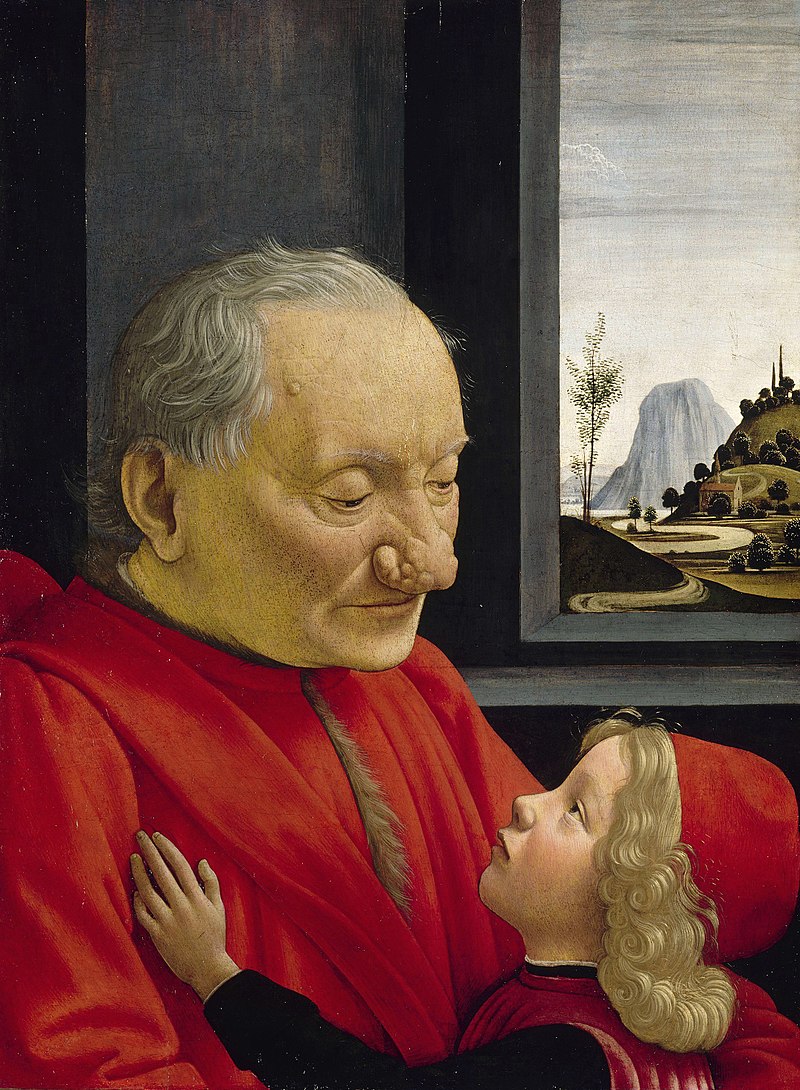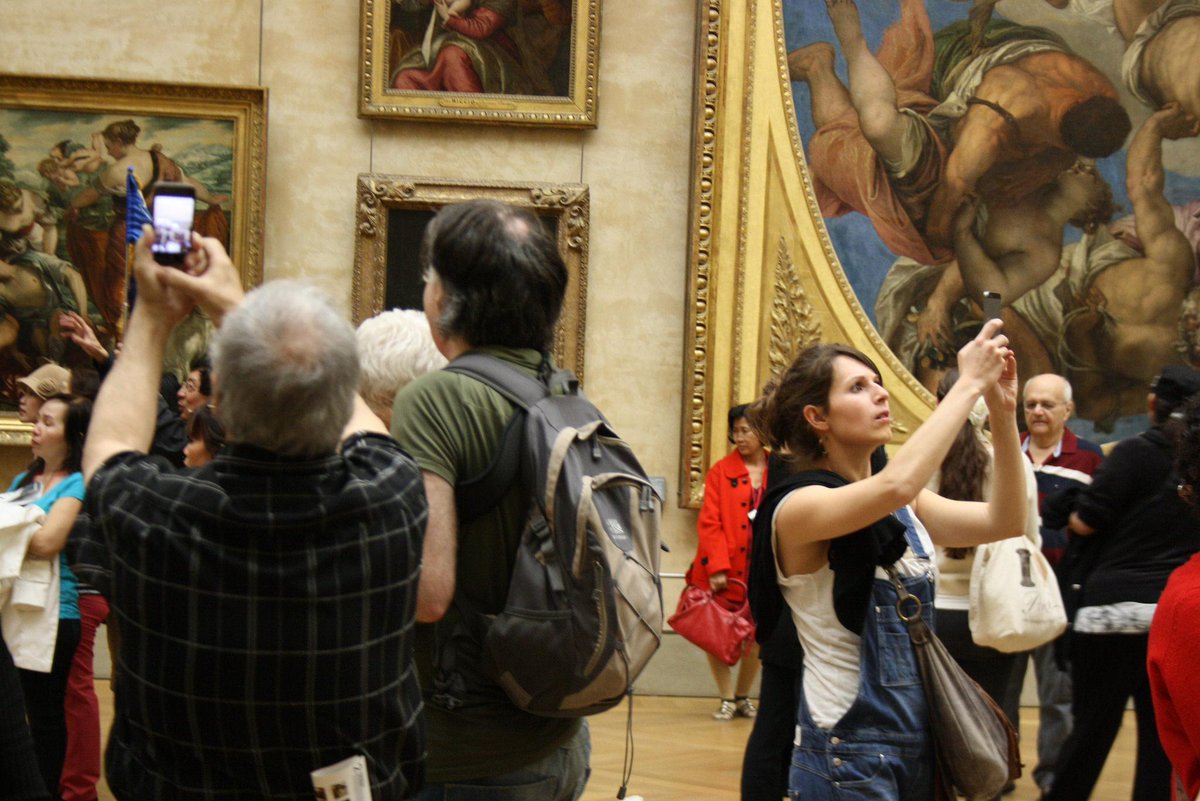 |
| 'Ritratto di nonno con nipote' by Domenico Ghirlandaio Picture: Web Gallery of Art |
Data prove that museums are letting me down. Fewer over-educated middle-aged white men are visiting museums and galleries. Something must be done.
According to the National Endowment for the Arts, only 18.7% of men visited a museum or art gallery in 2012, sharply down from the 21.4% that visited in 2008 and well below the 23.1% of women who've visited museums (down only marginally from 24.0% in 2008). It's not only my sex that's being squeezed out of museums, but my age cohort too. The 35-44 age group saw a whopping fall from 25.7% to 21.2%. There was also a statistically significant decline in visits by white people, and even a small decline in visits by people with post-graduate degrees too.
What are museums going to do about this? I would be happy to share my expertise in what grumpy middle aged white blokes with PhDs want from museums (regular readers can probably guess). My consultancy fees are very reasonable.
Of course I jest. It would be absurd for museums to try to orient themselves more to male visitors, as if we'd want something different from women (masculine colour schemes? Top Gear exhibitions?). It's revealing of our prejudices that it seems so daft to ask the question, because it's taken as given that middle aged white men have diverse interests, whereas 'experts' are always poised to speak up on behalf of children or youth or minorities and tell us what they need as groups.
Museums should do absolutely nothing to address the 'man gap' in museum visiting. Make great exhibits and we will come. Or not, if we have better things to do. But please don't patronise us with schemes designed around whatever you think middle aged men are into. I don't think it's a problem that men are a little less likely to visit museums, or that older people are a little more likely to visit.
Declining attendance by men rightly passes without comment, but a decline in visits by young people is taken as a sign of crisis and used to justify all kinds of madcap schemes to engage 'millennials'. They're mostly based on superficial and banal observations about young people today, and fail to distinguish genuine generational change from perennial differences between different age groups. Night clubs attract younger crowds than bingo halls. There's no reason to expect museums to appeal especially to the young, who have lots of other enticing options vying for their attention.
The NEA data show that concern about young people in museums isn't driven by evidence. It's constructed by a professional coterie with its own agenda. I found the NEA study from a link in an article by Matt Heller about how museums should engage millennials. It particularly riled me because it repeats ideas that have been conventional wisdom in the museum studies world for a generation, yet its author claims to be an 'expert' in millennnials (attempting humility, he actually tells us that other people think he's an expert and seek his advice). Heller's pomposity irks me, but more disturbing is that his superficial and weakly supported observations reflect popular current prejudices that are rarely scrutinised but probably wrong.
He starts by telling us that millennials seek new experiences. His source is a marketing piece by a business that sells, um, experiences to millennials. It takes a special kind of historical myopia to imagine that seeking new experiences is unique to young people today, as if kids in the 1960s were all buttoned-up fogies.
Then he says that millennials are more likely to say that cultural organisations 'encourage self-discovery and reflection', based on this study (p.3). But let's track back to the source. The striking thing about responses is how little they vary between cohorts. Responses change with age in only a few cases, and some responses reflect perennial aspects of youth, such as their (slightly) greater unwillingness to visit a museum if they have no one to go with. But for any of these to be a meaningful findings about this generation you need to compare the responses of 'boomers' and 'gen-Xers' when they were young. Otherwise you have no way of distinguishing genuine differences between generations from more prosaic differences between younger people and older people.
Finally Heller thinks museums need to be more interactive. Actually, he says that's what millennials want, based on a focus group conducted by the Center for the Future of Museums. It obviously has its own agenda, which is conveniently echoed by the participants. Trendy museum professionals have pushed greater interactivity since at least the 1970s. If museum exhibits don't sell themselves, offering social interaction is an obvious alternative. And it's such a conventional idea that it's not surprising that people repeat it back in focus groups. But it's a losing battle, because even if interactivity is what people want, it's not clear that museums are best placed to offer it. If we want to interact, we can go to the pub.
Heller's article is a particularly weak target, but it's revealing of how easy it is to get away with writing drivel when it coincides with the mood of the times. He tells people what they expect - and want - to hear, so people don't enquire too closely. This kind of guff proliferates without challenge. It should be refuted robustly so the real experts - the people who know about the stuff that museums collect - can get on with their job of displaying it, instead of worrying about whichever audience has captured the imagination of the marketing team.









